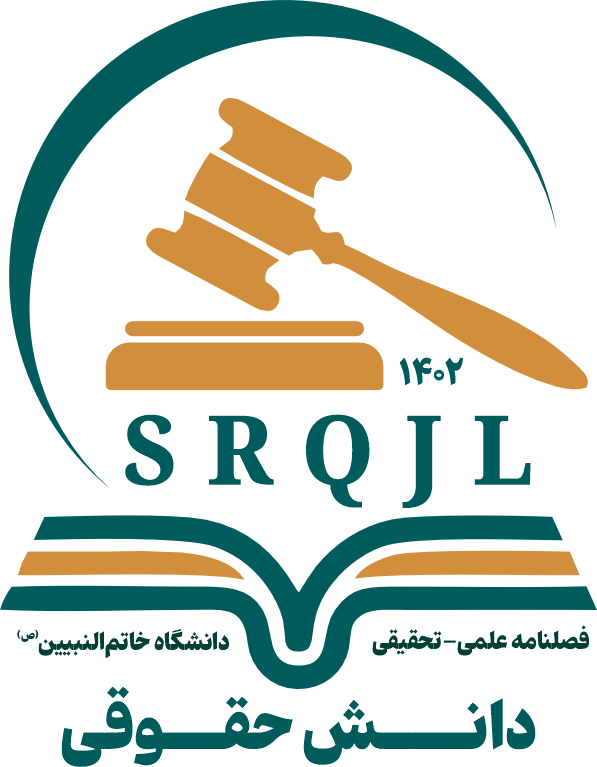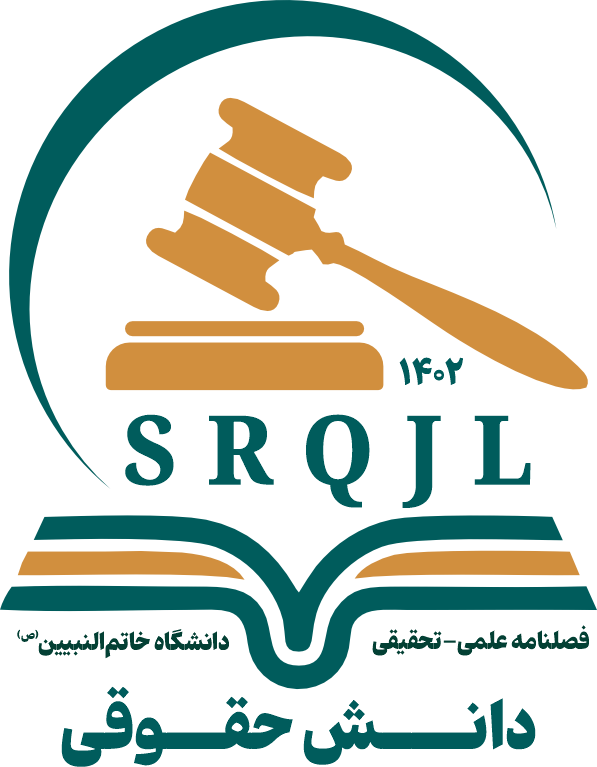
Scientific-Research Quarterly Journal of
Law Knowledge

Volume 3, Issue 7 (6-2025)
SRQJL 2025, 3(7): 5-41 |
Back to browse issues page
Download citation:
BibTeX | RIS | EndNote | Medlars | ProCite | Reference Manager | RefWorks
Send citation to:



BibTeX | RIS | EndNote | Medlars | ProCite | Reference Manager | RefWorks
Send citation to:
Sadaqat Q A. The Right to Equal Opportunity and Spatial Planning (Territorial Planning) in Afghanistan. SRQJL 2025; 3 (7) :5-41
URL: http://srqjl.knu.edu.af/article-1-94-en.html
URL: http://srqjl.knu.edu.af/article-1-94-en.html
Academic staff of the Department of Law, Faculty of Law and Political Science, Khatam Al-Nabieen University, Kabul, Afghanistan.
Abstract: (107 Views)
Spatial planning is a major governmental program defined by the distribution of population and activities within a territory. This research examines it from the perspective of ensuring the right to equal opportunity. It is argued that spatial justice fundamentally requires spatial planning to be defined using the principle of equal opportunity and the function of guaranteeing this right. Given that Afghanistan faces key spatial inequalities in both soft and hard infrastructure and that procedural rights concerning the equal distribution of population and activities across the territory have been violated, the government is obligated to ensure equal access to infrastructure through spatial planning. Additionally, to achieve spatial justice based on equal opportunity, positive actions must be taken. Since there are positive commitments associated with procedural and substantive rights, the government must design, approve, and implement these actions with neutrality and independence to ensure national unity, balanced development, human dignity, and loyalty to governance. Essentially, the function of spatial planning based on equal opportunity is aimed at guaranteeing the right to equal opportunity, highlighting the necessity and importance of this research. Furthermore, this study employs deductive and inductive approaches, predominantly using qualitative data analysis methods. The research aims to analyze and evaluate how spatial planning influences the assurance of equal opportunity through specific and positive actions within its framework.
Keywords: Spatial planning, principle of equal opportunity, positive actions, spatial inequality, spatial justice, Afghanistan
Send email to the article author
| Rights and permissions | |
 |
This work is licensed under a Creative Commons Attribution-NonCommercial 4.0 International License. |
